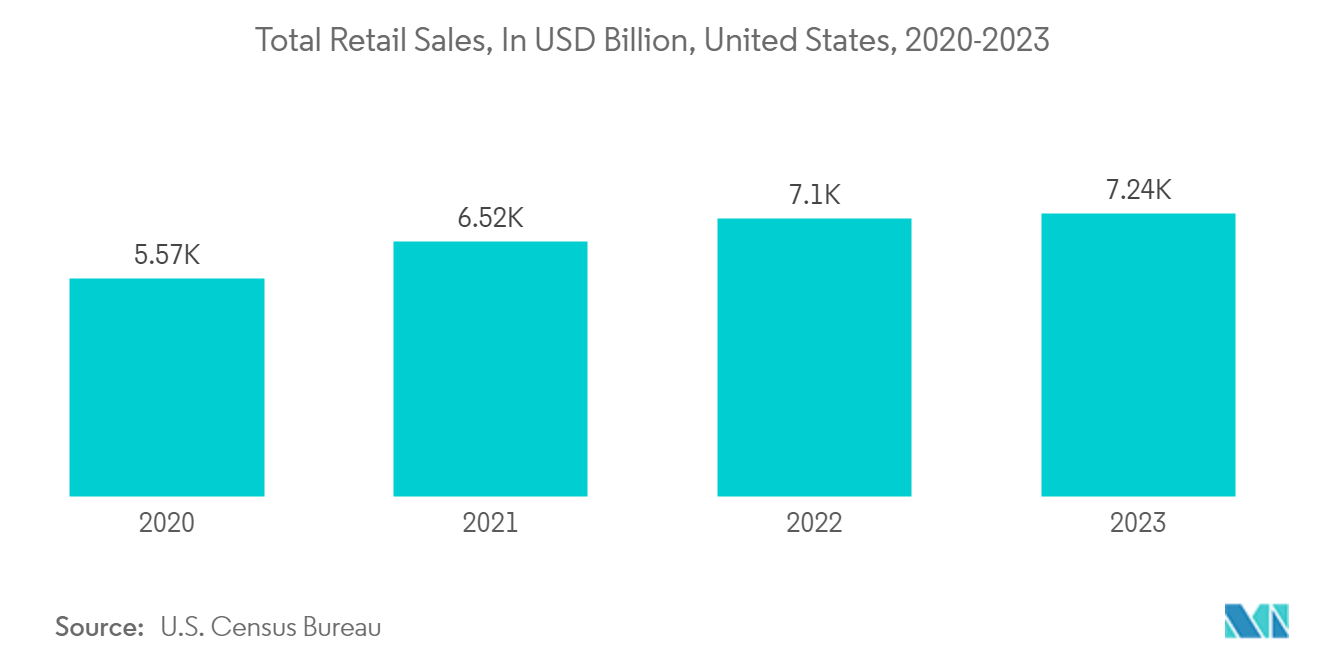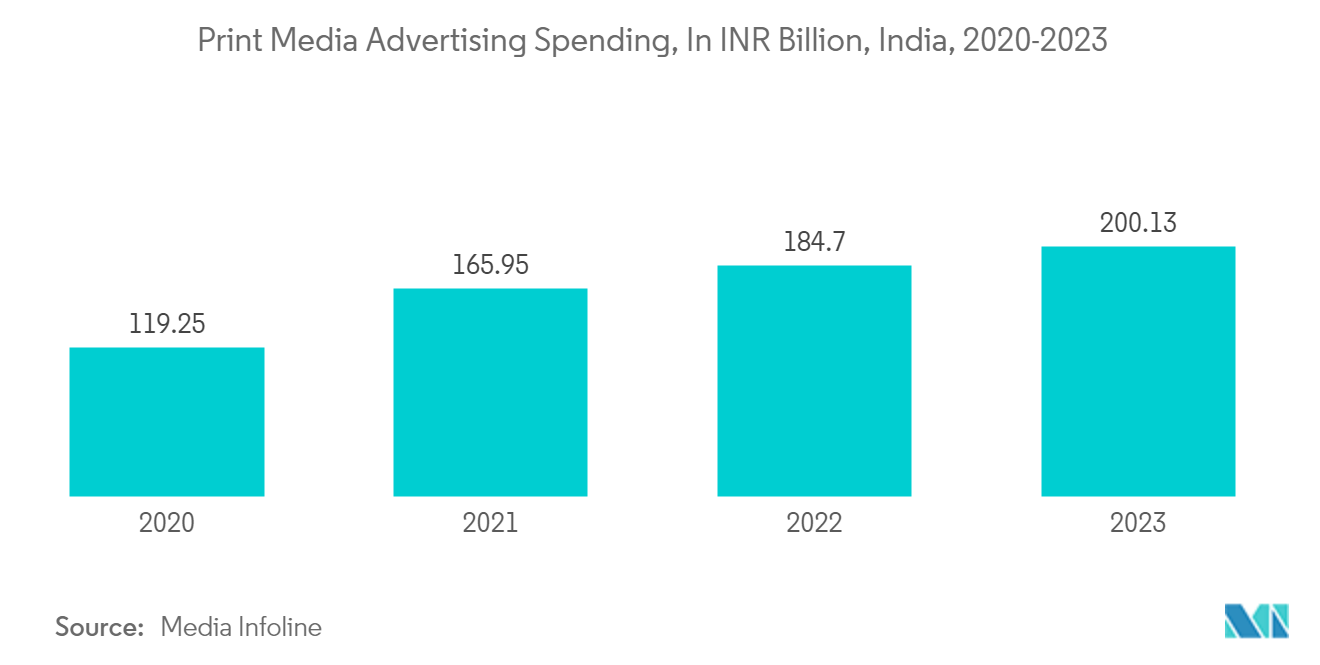Market Trends of Outdoor Printed Signage Industry
Retail Industry Expected to Push Growth
- With the retail industry focusing on significant expansions and increased investments in advertising and marketing, the outdoor printed signage market is poised for further growth. Retail signage encompasses various tools, from posters, banners, backdrops, and graphics.
- Printed signage is pivotal in instantly conveying messages, setting the brand's tone, and highlighting critical organizational messages. Retail signage comes in various forms and serves as a contemporary and inviting introduction to the store.
- Printed signage in retail stores varies in size and form, tailored to their location and purpose. Whether it is a large banner or a billboard, the primary goal remains consistent: to draw in foot traffic and engage potential customers. These signs are integral to the retail business, from storefronts to banners and even barricades.
- Despite the rise of online shopping and mobile pick-up orders, the National Retail Federation reports that 80% of consumers still prefer shopping in physical stores. According to the US Census Bureau, retail sales in the United States were worth USD 7,242.56 billion in 2023, increasing from USD 5,572.03 billion in 2020. The rise in retail sales is anticipated to leverage the retail printed signage market.
- Print advertising emerges as a notably cost-effective option for the retail sector. Unlike their counterparts, such as television or radio, print ads boast quick and economical creation and production. Moreover, when frames are pre-installed, mounting posters and mega signs become remarkably efficient, requiring no specialized staff, internet access, or power connections. This efficiency is why emergency exit signs are often printed in fluorescent paint, ensuring visibility even during power outages.

Asia-Pacific Region is Expected to Witness Growth
- The Asia-Pacific printed signage market is witnessing a surge, driven by heightened demand for signage in various industries across the region. In recent years, the adoption of printed signage materials has increased, mainly due to intensified competitive advertising strategies.
- In 2009, the Japanese government initiated a pilot project to bolster urban environments. The project underscored the significance of landscapes, emphasized the necessity of developing and safeguarding them, and granted governments the authority to create and implement laws safeguarding landscapes. As a critical component, the project extended its support to activities enhancing outdoor advertising. This collaboration encompassed local governments, central urban area vitalizing councils, landscape councils, and private enterprises. Such government initiatives are expected to propel the printed signage market in the region.
- Moreover, various significant countries in the region are spending on print advertising. For instance, according to Media Infoline, print media advertising spending across India was estimated to reach INR 200.13 billion (USD 2.40 billion) in 2023 from INR 119.25 billion (USD 1.43 billion) in 2020. India is one of the fastest-growing countries in the region, with demand for commercial printing and signage across multiple end-user industries.
- According to the Federation of Indian Chambers of Commerce and Industry (FICCI), print advertising revenue was INR 170.3 billion (USD 2.06 billion approximately) in 2022, and it is expected to reach INR 88.3 billion (USD 1.06 billion approximately) in 2024.
- With the growing emphasis on sustainability and environmental awareness, the signage industry is getting on board with trends that involve eco-friendly materials and inks. Innovative signage makers use these materials and techniques to attract more environmentally conscious customers. Companies such as Siegwerk India are also focused on launching sustainable inks. Such innovations are likely to push the demand for printed signage market in the region.



